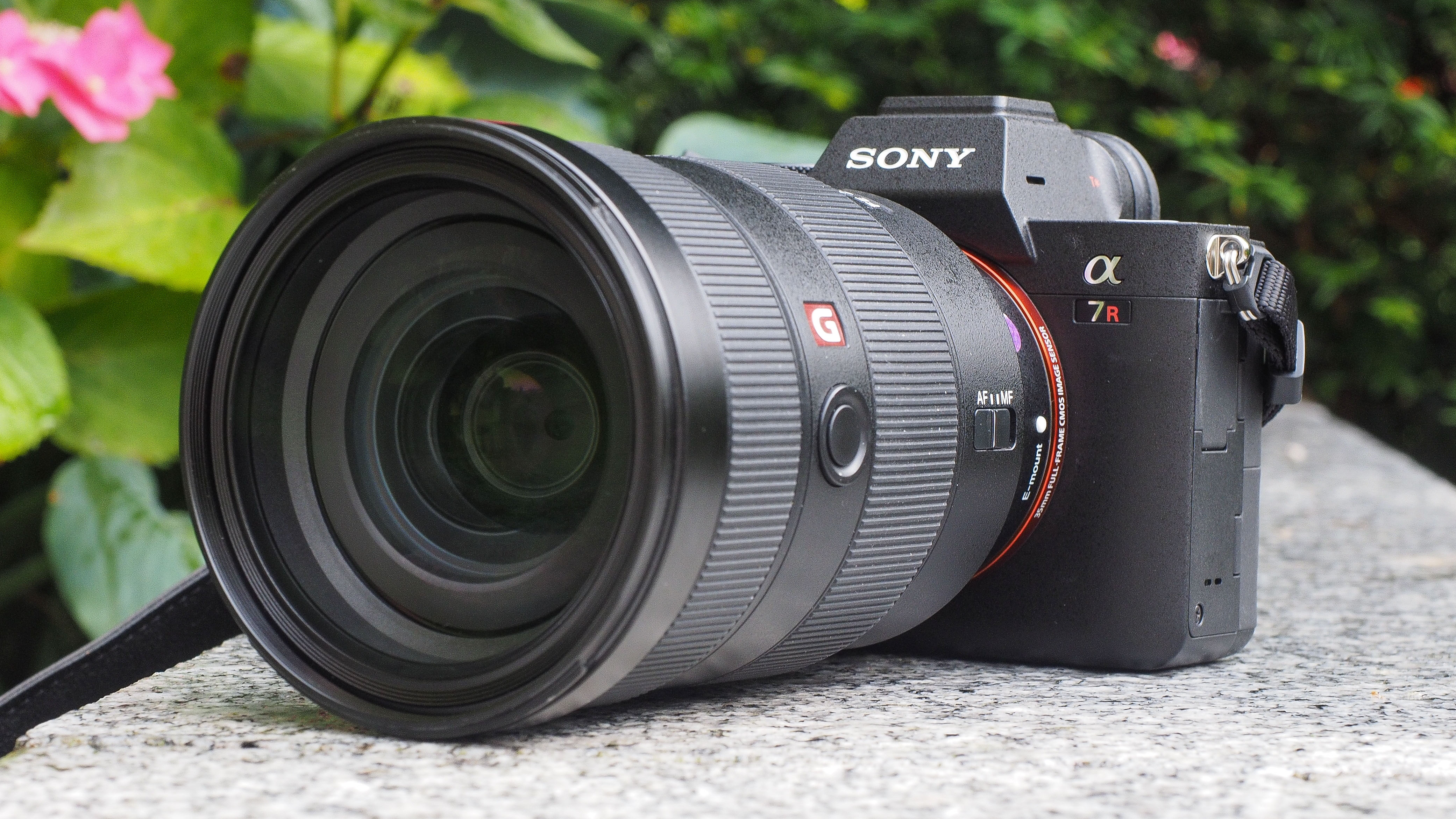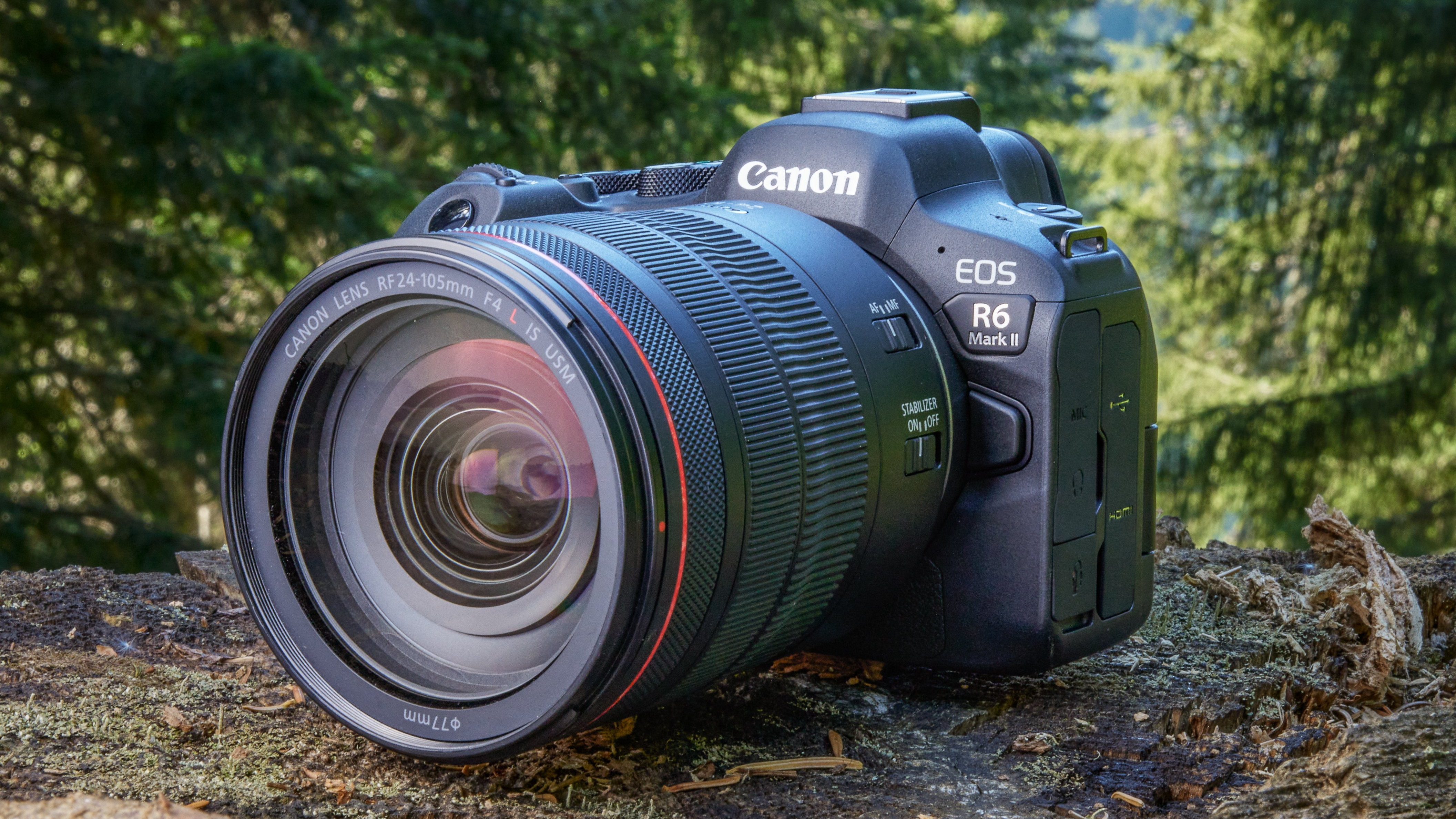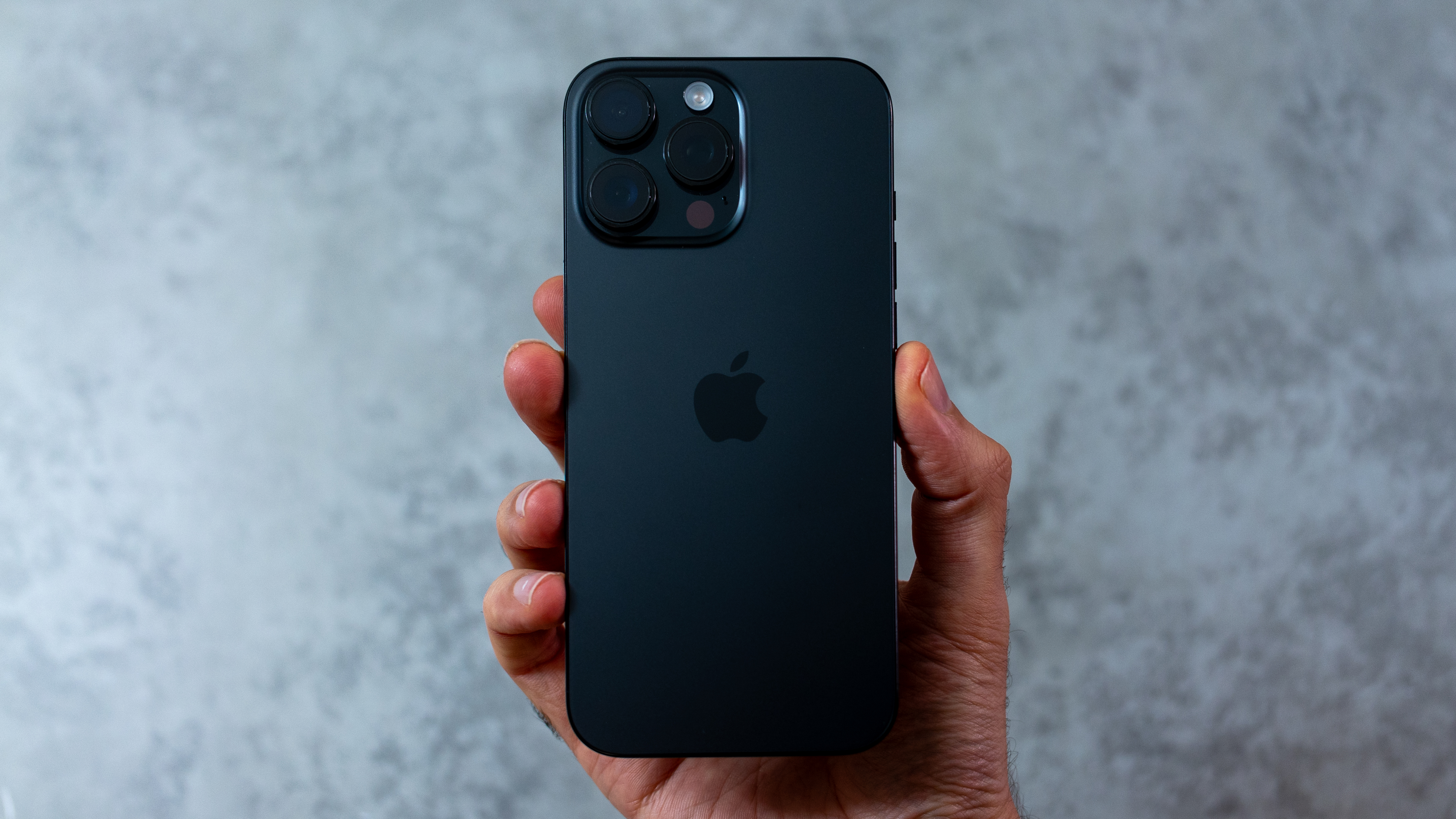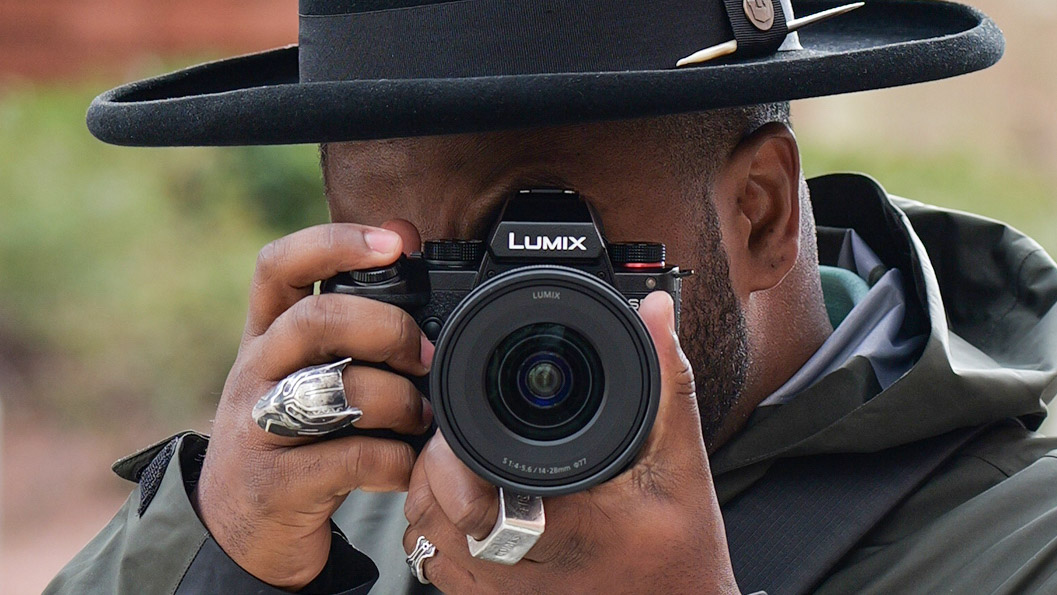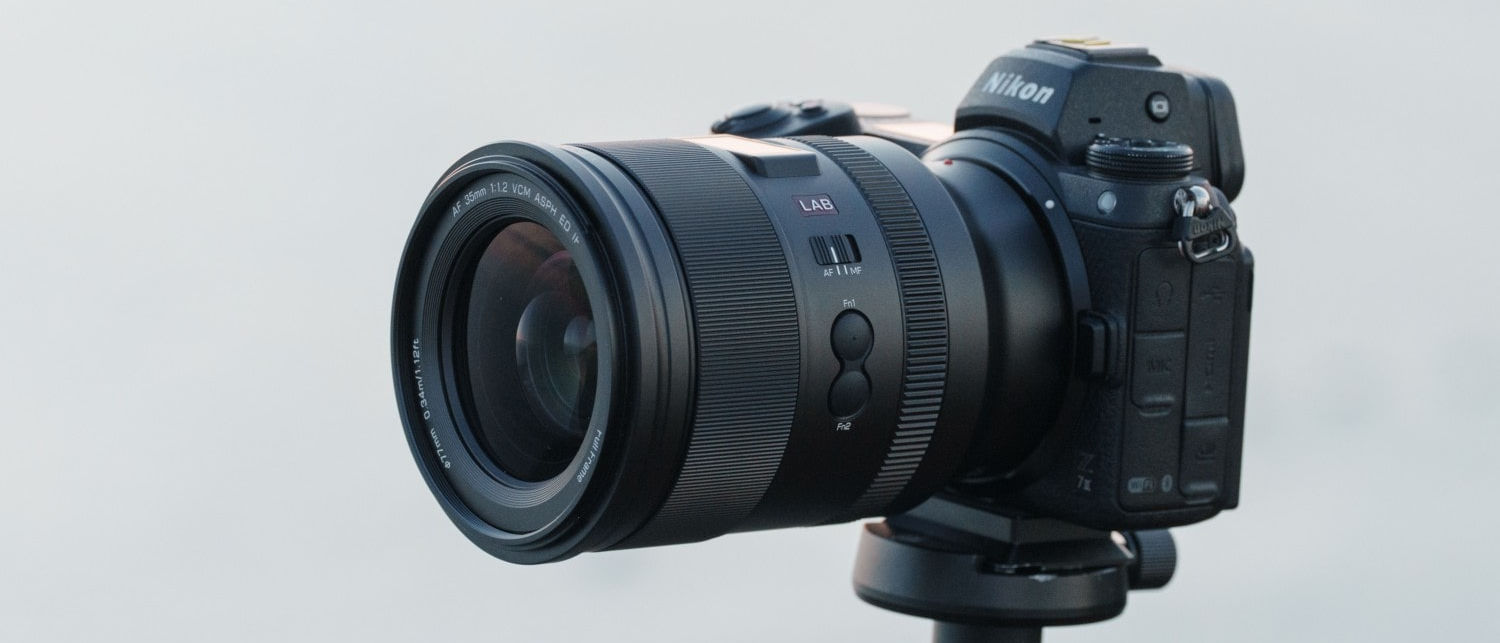Best camera for food photography in 2025
Create mouth-watering shots with our picks for the best camera for food photography

The best camera for food photography will help you capture images that look so delicious you can practically taste them. Maybe you want to capture food images to enter into competitions, maybe you’re looking to offer your services professionally to restaurants, or maybe you just want to up your Instagram game. Whatever your needs, the cameras on this list will help you achieve them.
I’ve selected a wide variety of different cameras that I think will really make a difference to your food photography. I’ve included options for a range of expertise levels and budgets, and all the cameras on this list are ones our team has tested and reviewed, so you can be sure I’m not recommending you anything that we can’t vouch for.
Many food photographers also need to capture video, so I’ve factored that in too with my choices – you can scroll to the bottom of the page to see more of my criteria in our ‘how to choose section’. Read on to see my picks – and if you want some good food photography lenses to pair with these cameras, our rundown of the best macro lenses is the best place to start.
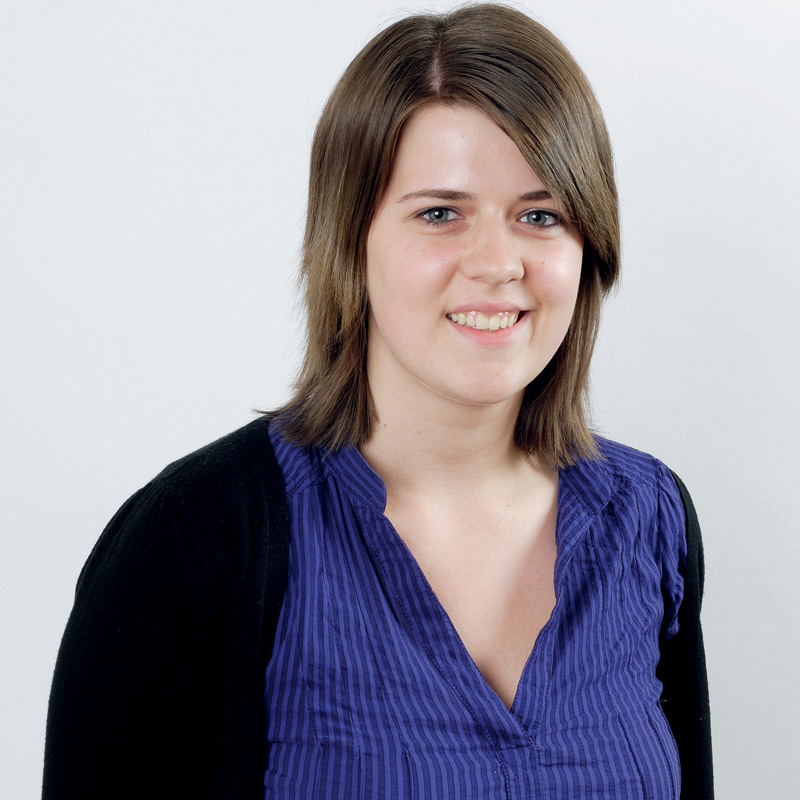
Amy Davies has been writing about photography since 2009, and used to be a colleague on Digital Camera magazine and Techradar.com. She is currently the Features Editor at Amateur Photographer magazine, but still finds time to shoot and write freelance.
The quick list
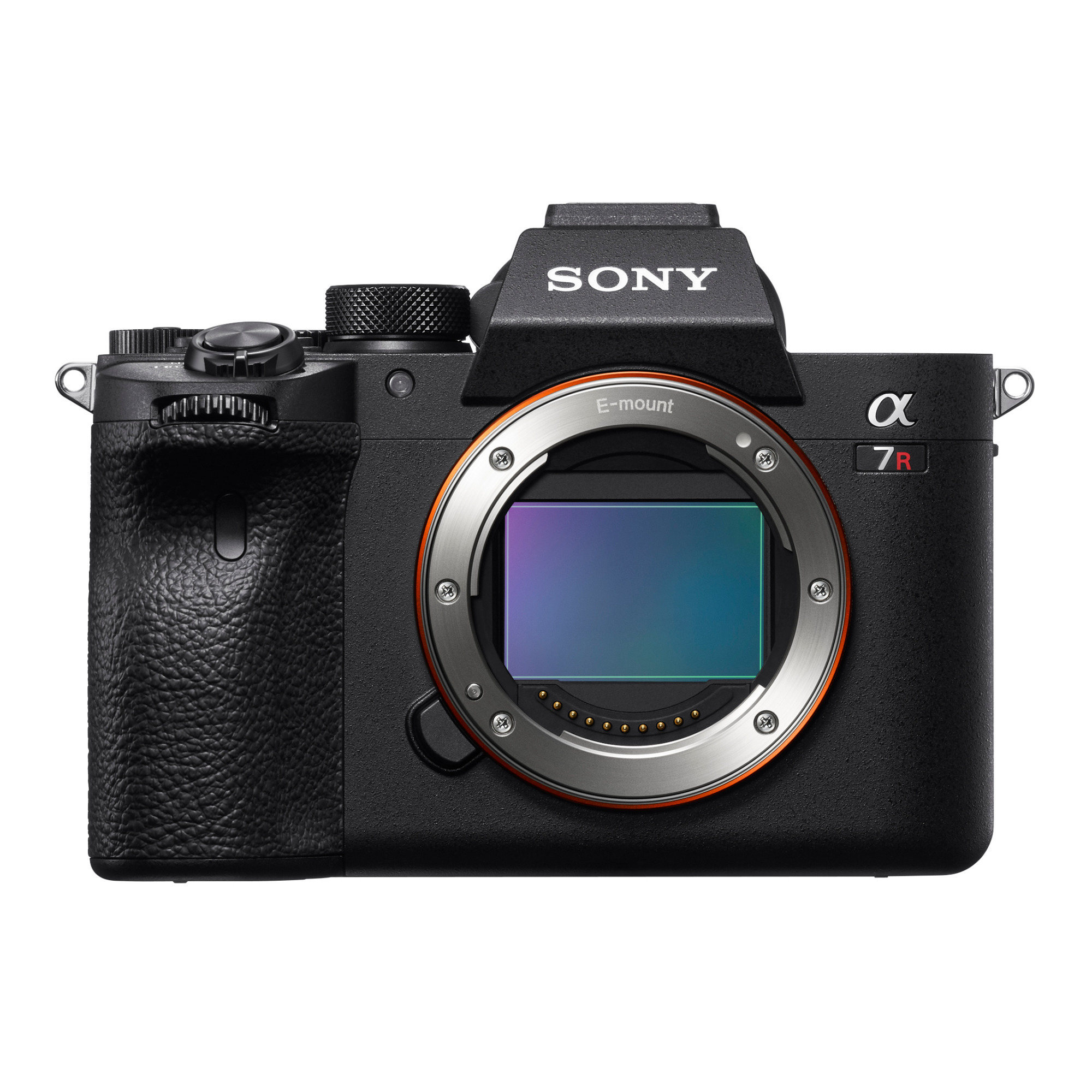
If you're looking for ultra-high-resolution images, where every pixel counts, the Sony A7R IVa is a superb choice – and isn't quite as costly as the Mark V version.
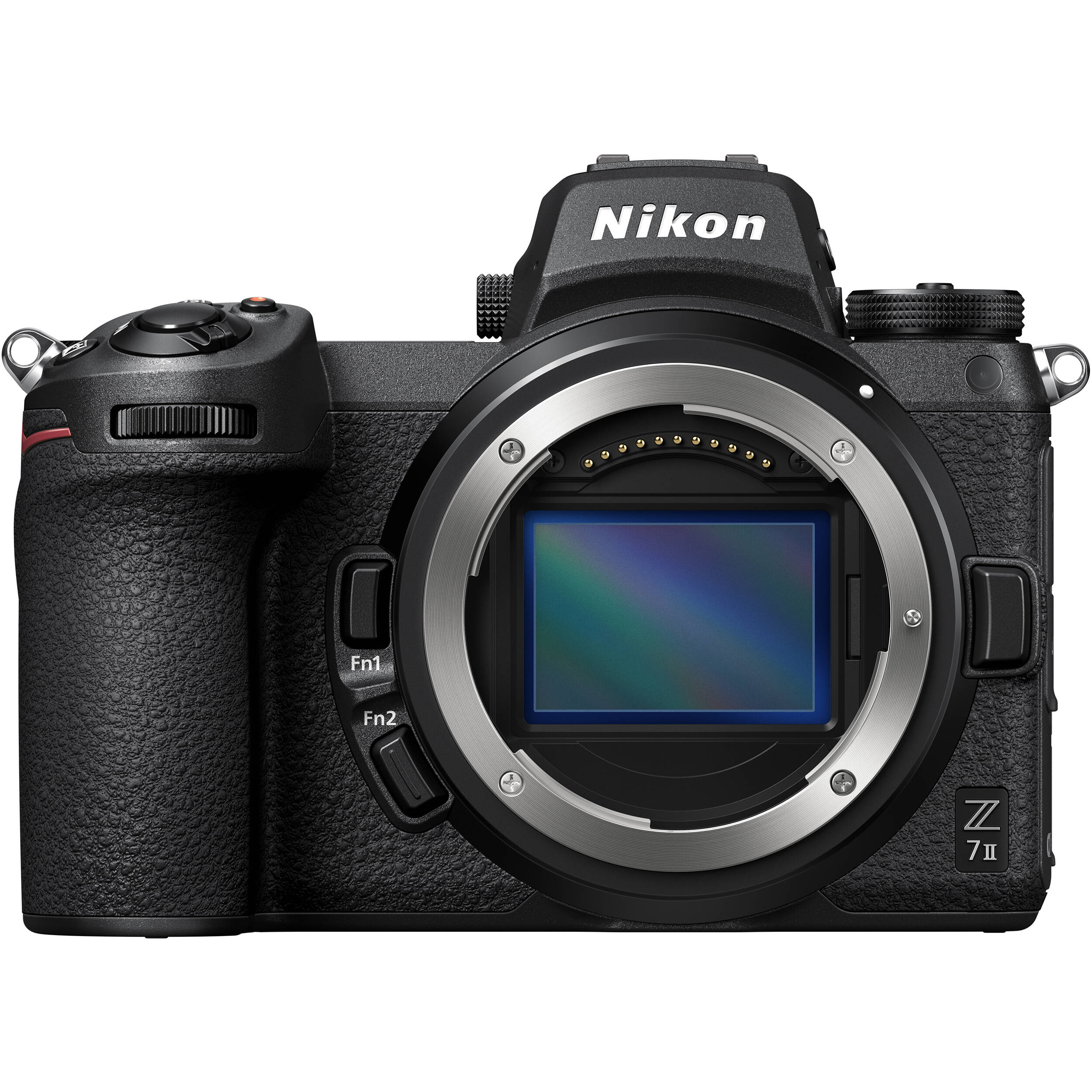
The full-frame Nikon Z7 II is another resolution monster, and the brilliant selection of Z-mount lenses will let you make the most of it for great food images.
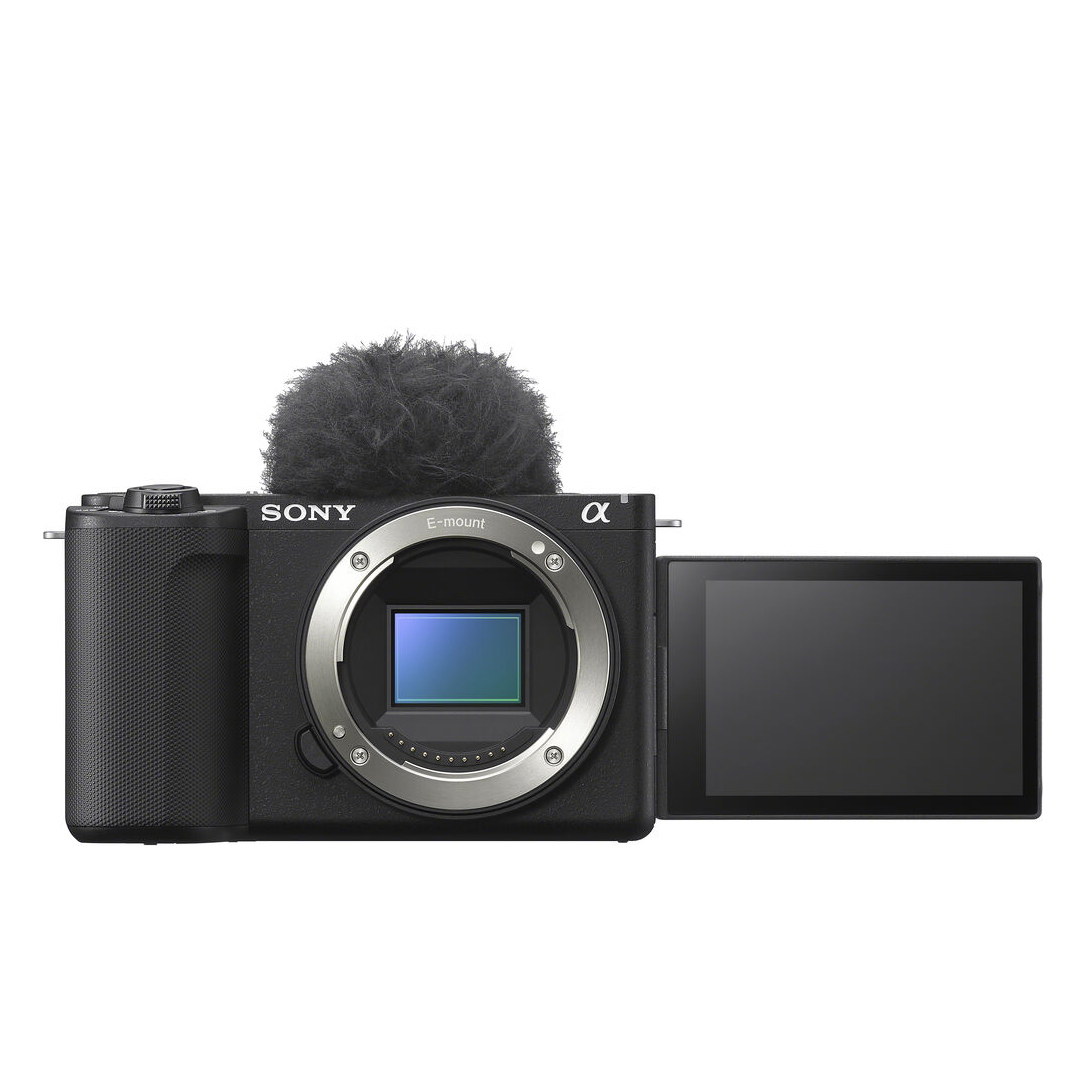
If your food photography is likely to also involve short-form video and vlogging, the Sony ZV-E10 II is one of the most capable yet affordable hybrid photo/video cameras on the market.
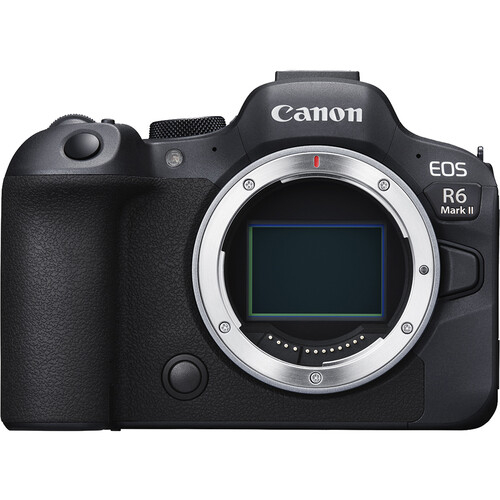
Canon's full-frame all-rounder is an ideal choice for food photography, with an incredible autofocus system and a suite of manual focusing options.
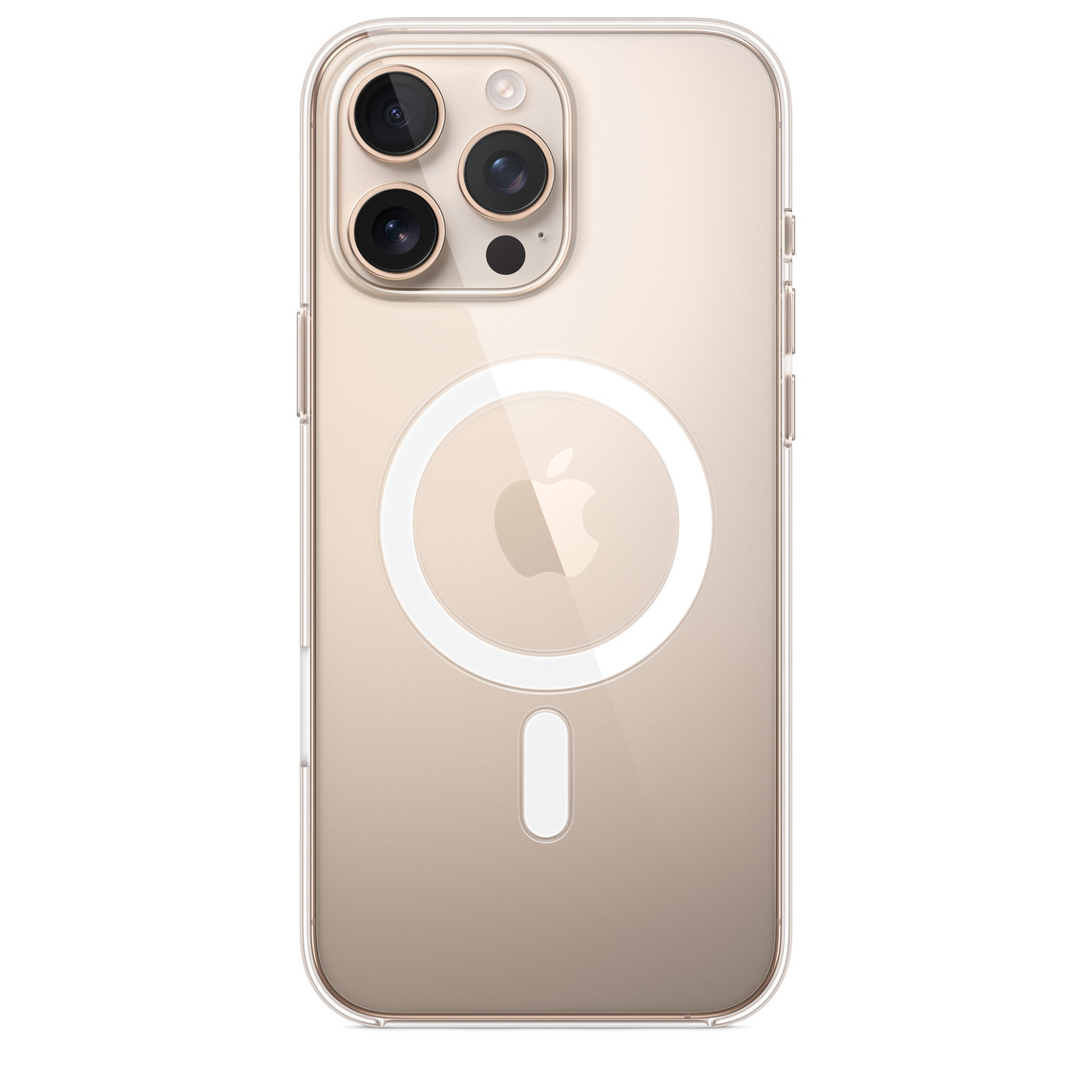
Sure, it ain't cheap. But the sublime user experience, powerful camera and clever computational tricks of the iPhone 16 Pro Max make it sublime for food shots.
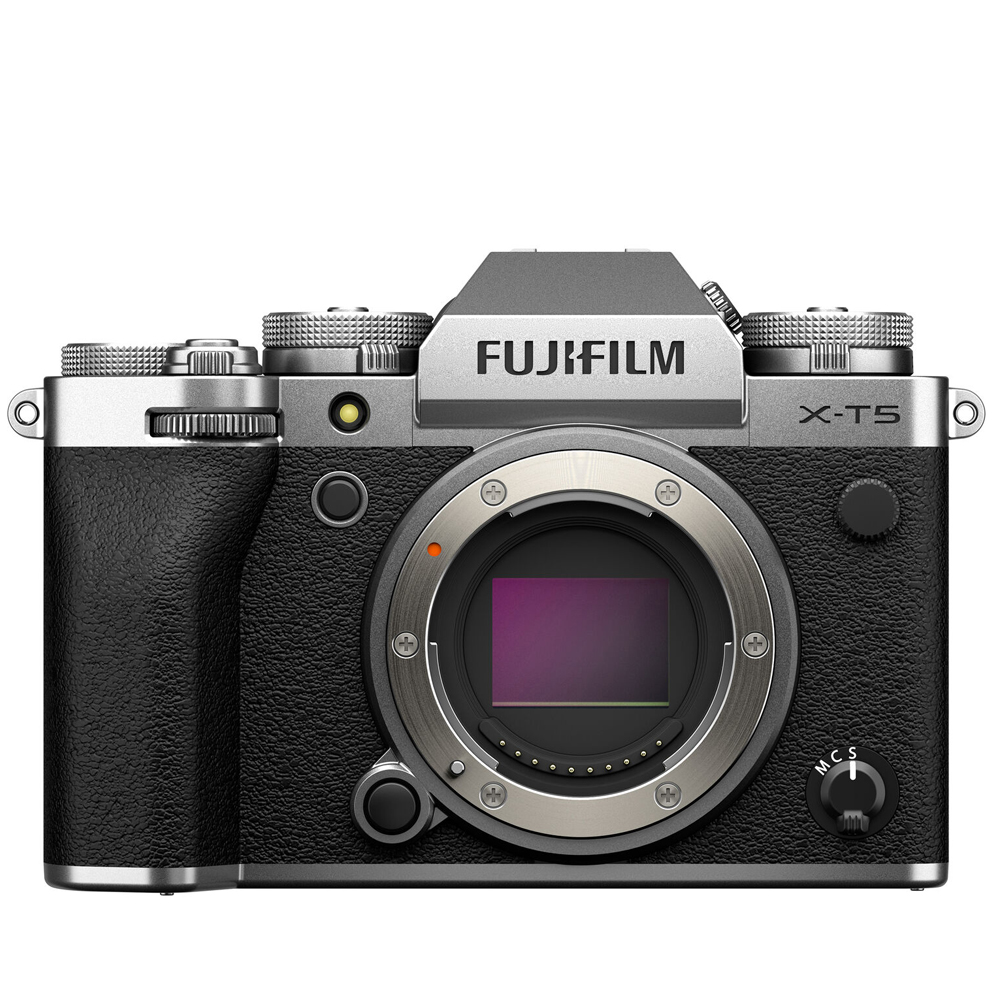
A high-quality camera that produces brilliant-looking images, the Fujifilm X-T5 allows you to take advantage of FIlm Simulation modes to imbue your images with specific looks. Great lenses, too.
See more products

For creating professional-quality stills and video, the Panasonic Lumix S5 II is tough to beat. It's a superb camera for those who want to make cinematic food imagery.

A portable, capable camera that exhibits the best strengths of the Micro Four Thirds system, the Lumix G100D gives you access to tons of brilliant lenses.
The best cameras for food photography
Why you can trust Digital Camera World
Best for resolution
Specifications
Reasons to buy
Reasons to avoid
Sitting on its own in the resolution stakes for a full-frame camera, with 61 megapixels to play with, your food photographs will sparkle with dazzling detail. It’s also got a great array of AF points right across the frame to help with composition, while there’s a decent selection of macro optics available should you want to invest.
Manual focusing is made easy with both focus peaking and the ability to zoom right into the scene for checking critical focus. The screen is a decent performer, though as it only tilts it’s not quite as handy as those with fully articulating devices.
The biggest drawback here is likely to be the high price the Sony A7R IVA commands. If you’re a dedicated food photographer, you might think it is worthy of the investment, however.
Read our full Sony A7R IV review for more details.
Best Nikon
Specifications
Reasons to buy
Reasons to avoid
Here’s another full-frame mirrorless camera boasting a very high resolution. At 45.7 megapixels you’ve got lots of scope for capturing fine detail, as well as cropping to enhance your composition.
There’s also a fantastic spread of AF points right across the frame, while manual focusing benefits from focus peaking and a focus magnifier too. Like the Sony, the Z7 II’s screen only tilts, so that’s something to take into consideration.
Nikon has only just launched macro lenses for its Z series, but you also have the option to use DSLR lenses via the F-mount adapter, giving you much more flexibility.
If food photography is just one of the genres that you like to shoot, the Z7 II is a sensible choice since it’s a good all-rounder across a number of subjects.
Read our full Nikon Z7 II review for more details
Best for vlogging
Specifications
Reasons to buy
Reasons to avoid
If it’s not just stills which are your concern when it comes to food photography, but also video, then the Sony ZV-E10 II is definitely a camera to strongly consider.
Part of Sony's 'ZV' range of mirrorless cameras and compacts that have shaken up the beginner and mid-range vlogging market, this is highly adept for switching between stills and video on the fly. Many content creators are required to create both types of content for social media these days, and the ZV-E10 II makes it easy.
Something that's particularly useful for food imagery is the 'Product Showcase' mode, which is designed to make the camera lock focus onto products that are held up in the foreground of an image, and selects the optimal settings for product review-type videos.
The ZV-E10 also offers very close focusing, good manual focusing options, an articulating screen, and a large spread of AF points across the frame. The Sony E-mount is also one of the longer-running mirrorless lens mounts, meaning there are lots of excellent and affordable lenses to choose from, many of which are specifically made for APS-C rather than full-frame.
Read our full Sony ZV-E10 II review for more details.
Best Canon
Specifications
Reasons to buy
Reasons to avoid
Canon’s latest mirrorless marvels show off a fantastic about of photographic prowess. The Canon EOS R6 Mark II has a lower resolution than its stablemate, the EOS R5, but it’s available at a much more affordable price.
You get a good range of manual focusing options, but it’s the incredible 6072 autofocus points across the entire frame which really help it to stand out. There are some macro lenses available in the RF mount, but you can also use Canon’s DSLR lenses via an adapter which are even more numerous.
Another great benefit of the EOS R6 is its fully-articulating screen, which is extremely helpful for composing from those awkward angles. Like the Nikon Z7 II, the Canon EOS R6 is a good all-rounder, so if you also want to photograph other subjects, you won’t be disappointed.
Read our full Canon EOS R6 Mark II review for more details.
Best camera phone
Specifications
Reasons to buy
Reasons to avoid
You can absolutely capture brilliant food photographs on a smartphone – plenty of people do. If you're looking for the right phone for food photography, we'd go with the latest and greatest of Apple's flagship camera phones, the iPhone 16 Pro Max.
Sure, it's a big, heavy and expensive phone – but the iPhone 16 Pro Max sports one of the most consistent and effective camera arrays around. A 48MP main camera sits alongside a 12MP telephoto with a 5x optical zoom – however probably the most interesting for food photographers is the resolution upgrade to the ultra-wide camera, which is now 48MP. This significantly improves macro performance compared to the previous iPhone 15 Pro Max, and makes the newer phone the best choice for food photographers.
Apple's internal processing is on point as always, and the iPhone 16 Pro Max produces great-looking images that are punchy and vibrant – though if you prefer, you can shoot in RAW to fine-tune the look yourself. A phone is also of course unmatched for convenience – if you want to get your images onto social media as quickly as possible, having the camera on the same device as your socials is pretty much unmatched.
There are a few Apple Intelligence features on the phone, though Apple has been a little more cautious about incorporating this stuff than other manufacturers, so don't go expecting it to be radically transformative. What we do like, however, is the physical Camera Control button, which makes shooting on the phone a much more tactile and ergonomic experience.
Read our full Apple iPhone 16 Pro Max for more details
Best camera for JPEGs
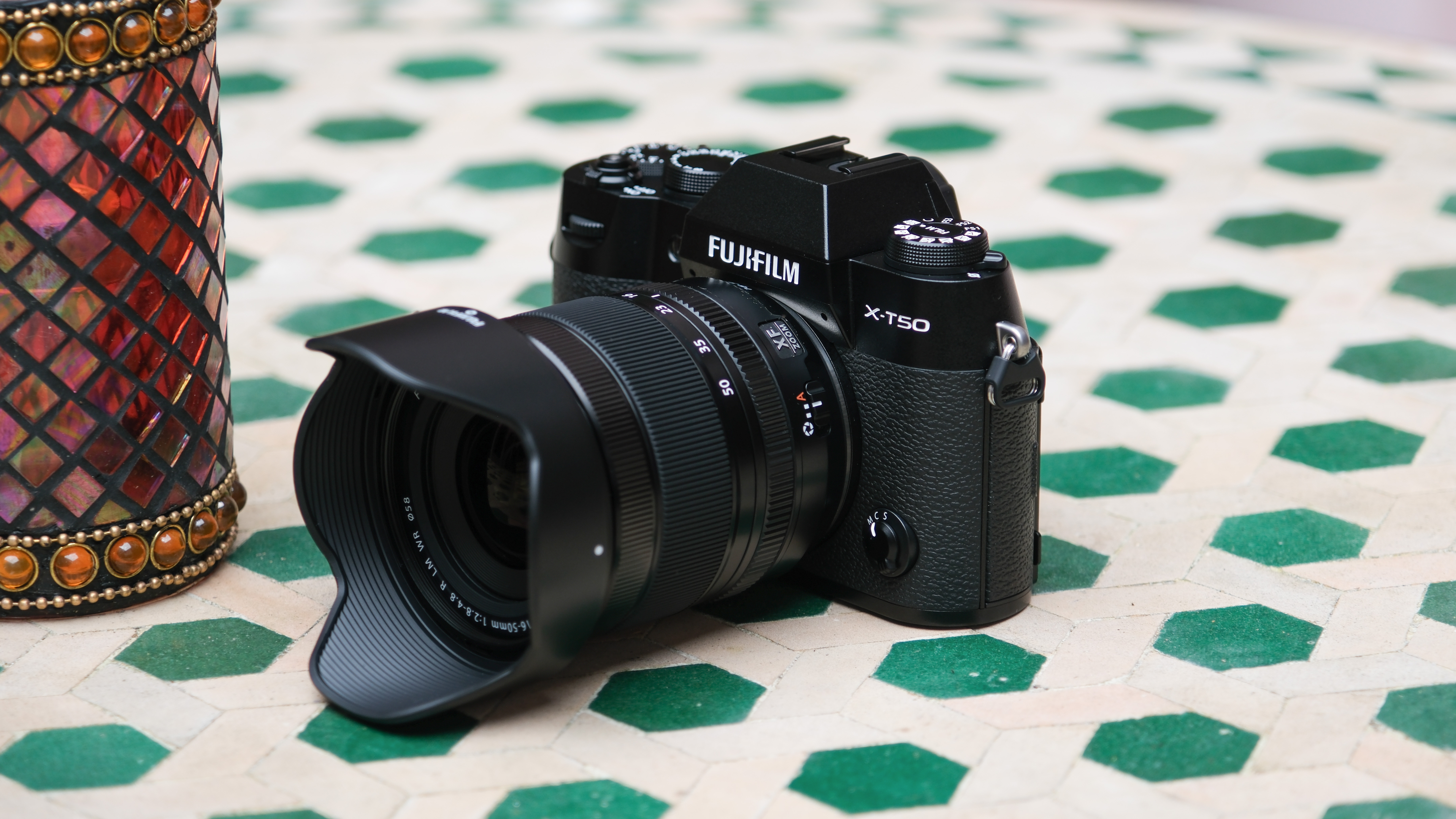
Specifications
Reasons to buy
Reasons to avoid
Fujifilm's X-mount mirrorless cameras have a few common qualities that make them a very tempting choice for food photographers. For one, the X-mount lens range features some absolutely gorgeous optics, capable of producing images with beautiful bokeh. It's not the most voluminous lens range, nor is it the cheapest, but it does feature some wonderfully characterful lenses that produce beautiful bokeh, including great macros.
Photographers also love the series for the FIlm Simulation modes. These are essentially pre-baked looks for your JPEG images that emulate classic film stocks like Velvia and Provia, and they're great for producing images with distinctive character. If you want a high-quality camera for food photography but don't like the idea of extensive post-processing, the Fujifilm X-T5 should definitely be one to consider. Its images look brilliant straight out of camera, its manual dial-based controls make it a fun camera to use, and it also gives you a generous 40MP of resolution to play with.
This is not the cheapest camera in Fujifilm's range. A slimmed-down version has arrived in the form of the X-T50, but honestly that is still a pretty expensive option, and if budget is an issue you are probably best off going with the older X-T30 II instead.
Read our full Fujifilm X-T5 review.
Best hybrid photo/video camera
Specifications
Reasons to buy
Reasons to avoid
The original Lumix S5 was something of a hit, packing a full-frame sensor into a reasonably affordable body, with an attractive suite of L-mount lenses. However, the Lumix S5 II came along and blew it out of the water by adding something that users had been crying out for – a proper phase-detection autofocus system that's brilliant for locking onto and tracking moving subjects.
Granted, food is not known for moving quickly, but it's still impressive how much more smoothly the Lumix S5 II operates than its predecessor. It's an all-around great camera, and if you're mixing in video with your food photography (as many such specialists are called to do), then you will notice a real, tangible difference.
The image quality from the Lumix S5 II is absolutely brilliant – in our review, we were super-impressed by how easy it was to create filmic, cinematic-looking images. The quality of the full-frame sensor is quite simply a cut above the rest, with excellent colour depth and detail, as well up to 14 stops of dynamic range. For creating professional-looking food images, the Lumix S5 II is a winner.
Read our full Panasonic Lumix S5 II review to see more of this brilliant camera.
Best Micro Four Thirds camera
Specifications
Reasons to buy
Reasons to avoid
This is another great option for everyday or travel use. This light and highly portable Micro Four Thirds camera come with the advantage of a flexible range of native lenses, which also includes several Macro options.
The fully articulating screen comes in handy when composing from strange angles, while there’s a good array of manual focusing options here. AF points might not be as numerous as some of the other cameras mentioned here, but they are spread well across the frame to give you a good choice.
Having a smaller (than full frame) sensor may put off some, but with an overall small system, it’s a great option for those who want to travel to find their food photography destinations.
Read our full Panasonic Lumix G100D review for more details
How to choose the best camera for food photography
Choosing the best camera for food photography isn’t necessarily as simple as picking one of the best mirrorless cameras, the best DSLR, or the best compact cameras. Although the cameras in those guides are great, they are often all-rounders that perform well in a number of areas but don’t necessarily excel at food photography.
It’s therefore worth thinking about the following features if food is your preferred genre:
Resolution: To really make your food photography sing, using a camera with a high-resolution sensor will show it off in super-fine detail, perfect for making sure every crumb is shown off to perfection.
AF points: When you’re composing your food images, sometimes the object you want to focus on will be in the far edge of the frame. Therefore, a camera that boasts a good spread of focus points across the frame will make things a lot easier.
Screen: Food photography is often shot while the camera is mounted on a tripod, allowing you to adjust the composition of the food while keeping the camera steady. It also allows you to use lower ISOs for the best-quality imagery. Therefore, a high-resolution screen is a must. It’s also helpful if it can be rotated or tilted to allow for awkward compositions.
Manual focusing: options For a precise focus on often small details, manual focusing is a great option. Look for cameras that help with that. Easy manual adjustments, focus peaking, and being able to zoom into the scene (focus magnifier) are all extremely beneficial.
Macro lens / close-focusing: For finely detailed shots, nothing beats a dedicated macro lens. Look for cameras that support that type of lens. If you’re using a fixed lens camera, look for those which offer close focusing.
Food modes: Many modern cameras and smartphones have dedicated food modes. This isn’t essential by any means, but if you’re going to spend a good amount of time photographing food, a mode like this can come in handy.
Remote control possibilities: As already mentioned, you’ll often find you’ll be shooting food photography while the camera is mounted on a tripod. Having the ability to remotely trigger the shutter is therefore very helpful. Most modern cameras have compatibility with a smartphone app which can be used for just that purpose.
How we test cameras
We test cameras both in real-world shooting scenarios and in carefully controlled lab conditions. Our lab tests measure resolution, dynamic range, and signal-to-noise ratio. Resolution is measured using ISO resolution charts, dynamic range is measured using DxO Analyzer test equipment and DxO Analyzer is also used for noise analysis across the camera's ISO range. We use both real-world testing and lab results to inform our comments in buying guides.
Read more
The best books on food photography
The best lenses for food photography
10 tasty food photography tips
A day in the life of professional food photographer Donna Crous
The best camera deals, reviews, product advice, and unmissable photography news, direct to your inbox!
Amy Davies has been writing about photography since 2009, and used to be a colleague on Digital Camera magazine and Techradar.com. She now works as a freelance journalist writing for nclude Amateur Photographer, Stuff, Wired, T3, Digital Photographer, Digital Camera World, TechRadar, Trusted Reviews, ePhotozine and Photography Blog. She has an undergraduate degree in journalism and a postgraduate diploma in magazine journalism, both from Cardiff Journalism School.
